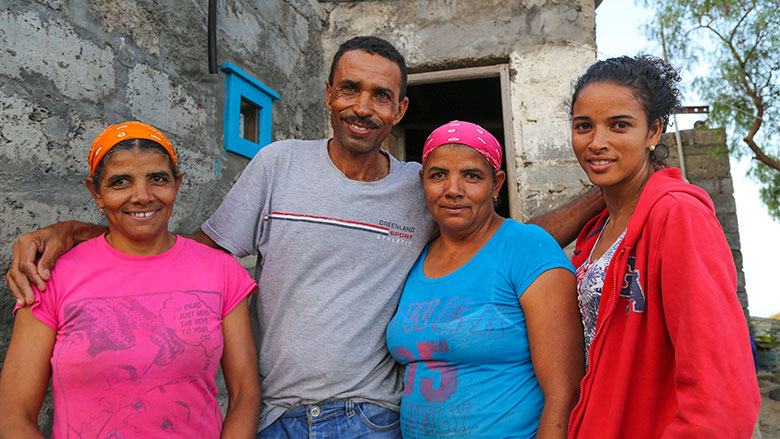WASHINGTON, October 17, 2018 – For Sub-Saharan Africa’s poor and most vulnerable people to fully benefit from social safety net programs, there must be a focus on political, institutional, and fiscal barriers and opportunities, according to a new World Bank report.
The report, Realizing the Full Potential of Social Safety Nets in Africa, recommends moving beyond the technical and design aspects of social safety net systems to include political processes, strong institutional foundations, and expanding program reach and sustainability. Ignoring these areas may undermine the successful implementation of otherwise technically sound programs. These considerations are crucial to creating social safety programs that are brought to scale in a sustainable manner and reach their full potential to reduce poverty, build resilience, and boost opportunities among the poorest people, the report says.
“Evidence shows that social safety nets in Africa are an effective tool in the fight against poverty,” said Aline Coudouel, World Bank lead economist and editor of the report. “But there is a gap between the impact of social safety nets as they are developed now, and the impact they could have if they can be brought to scale and sustained.”
